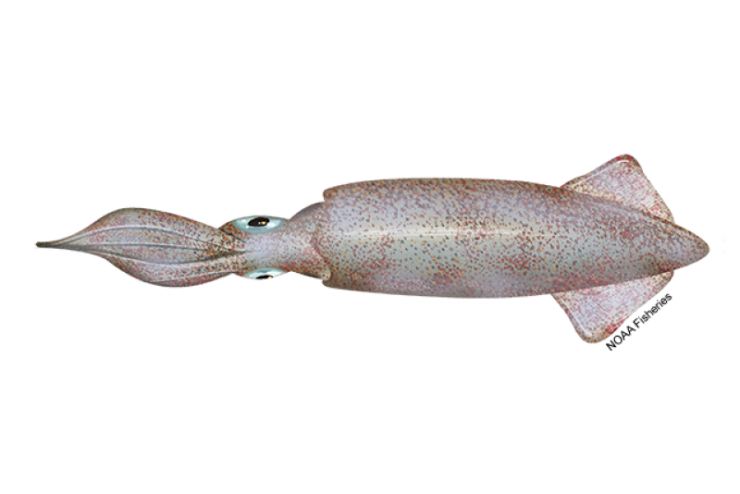Changing My Thinking About Dissection
By Peter A'Hearn, CASE Past President
The CASE Conference is a great place to have your mind blown. Hoping all of you reading this are planning to attend this year’s conference in Sacramento! I’m remembering a session many years ago presented by the Monterey Bay Aquarium on squid dissection.

I had done plenty of dissections as a teacher: Follow the instructions, cut here, step 1, 2, and so forth, label these parts, get checked off, and clean up! We saved the dissections for the end of the year because they were something “for the students to look forward to.” Most students enjoyed the dissections, but there were the students who were disgusted (also the smell!) and then also the student who just randomly chopped at things and said, “Ew gross!” It had educational value for some students, but maybe not enough to justify the cost in animal lives and dollars.
The mind-blowing Monterey Bay workshop began with an anticipatory guide to assess what we already thought we knew about squid. Then we watched a video of squid. They were swimming, catching prey, mating, and laying eggs. They are fascinating! Then we discussed and created a group “Know, Think, Wonder” chart. There were many exciting realizations about squid. They swim backwards! We also had many authentic questions about squid. What’s the difference between male and female? Where does that ink come from? How do they eat? How do they change color? The presenter asked the group if any of our questions might be answered by doing a dissection. The answer was a definite YES! We made observations of an animal that was adapted to living in an environment and asked authentic questions about structure and function.
What was so great about this is that it provided great motivation for why we were doing the dissection. We really wanted to answer our questions. I have since used this protocol for many classes from 4th grade to middle and high school and it leads to much more learning and thoughtful work. Monterey Bay’s lesson plan is here.
Another great benefit was that by using frozen squid from the bait shop or a specialty market, we got to dissect with organs being their actual color and no nasty chemical smell. You can even batter and fry the leftovers to serve up some calamari. And it saved a ton of money. Just be warned–thaw the squid in water in the fridge the night before. Once thawed, use that day or the smell will be stomach-turning!
I think this leads to some good questions about dissection in general. As we try to align our practice to the vision of NGSS, following a procedure and labeling parts is not adequate. Students should be asking deeper questions about structure and function and how natural selection has led to adaptation. Some of my favorite dissections are deep explorations of the structure and function of individual organs rather than of whole animals. Chicken feet from the market are an excellent way to illustrate the way that the muscles and skeleton work together and students can compare to their own hands.
We can also think more deeply about the source of our dissection materials. Squid are already harvested for bait and food. Cow’s eyes and hearts are a byproduct of the beef industry. We probably want to avoid using animals that are harvested in the wild for dissection purposes only.
Dissection can be a great teaching tool and an exciting and meaningful learning experience, but we need to consider how to make it as meaningful as possible while reducing its negatives.





